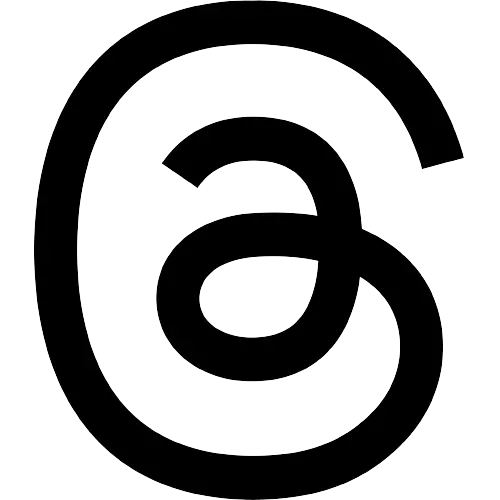Begin typing your search...
Doctor proposes, patient disposes
Doctors see thousands of cases. Diagnoses and treatments are prescribed automatically. However, not everything follows convention and textbook patterns. Each patient’s response is unique, influenced by multiple individual factors. So I involve my patients in the decision making, especially after this episode.

Chennai
It was 1975. The 1st Valve Replacement surgery was performed on Mr Mani Rao at the Railways Hospital. He was a 45-year-old Sales Manager for Brooke Bond. He had a previous operation performed on his Mitral Valve. ‘Closed Mitral Valvotomy’ in which the surgeon opens the blocked valve with ‘TUBB’s Dilator’ by inserting the index finger into the heart, was the only option for rheumatic heart valve defect then. This was highly successful though the problem would recur in a few years. Open-heart surgery was a rarity then.
Mr Rao’s case was more critical. The blocked mitral valve was heavily “calcified” and this method could not be used. Replacing it with a mechanical valve was the only option. This was the first valve replacement done in Railway Hospital, Perambur. Fortunately, I had the mechanical valve given to me by St Vincent Hospital, Sydney. I used it on Mr Rao as he was a regular patient of Railway Hospital and he could not afford the then cost of Rs 3,000 as against the average cost of Rs 50,000 today.
The first Valve Replacement Surgery was a success and was covered by all newspapers. It was a milestone being the second valve replacement in South India after CMC, Vellore. Mr Rao was discharged with strict instructions to take the life-saving “Blood Thinner /anti-coagulant” Sintrome, a derivative of Arsenic, (rat poison), every day at a specific time.
After 1-1/2 years, Mr Rao was rushed to the emergency room writhing in agony due to severe right leg pain, the thigh and buttock swollen to almost 4 times the normal size with bluish discolouration. We had to use a large dose of morphine to relieve pain.
He had bled into the Sciatic nerve (the large nerve that goes down to the leg from the spinal cord). Because of the large size of the nerve, it has a special artery coursing through it. He may have torn the artery in the nerve while squatting in the Indian closet. I based this conclusion on the history analysis as there was no data available. CT Scans and other tests were not available. INR (International normalised ratio) measurement was also not available and we relied on PT. There were no blood components and we used fresh blood transfusions.
On his discharge after 3 weeks, I found out that he had had a painkiller for headache that fateful day. I was shocked that such a disciplined patient could forget the very important instruction of avoiding painkillers while on Anti-Coagulant. He returned 2 months after discharge, healthy and happy. I asked him if he was taking his medicines regularly, confident of a positive answer. His answer shook me however. He said, “I have stopped taking anti-coagulants doctor, even if I die of not taking them, it would be better than suffering from that pain.”
He lived for more than 15 years after that.
Life is strange. There is no absolute right or wrong. What we think is right for one situation may be opposite for the next. With all our education and experience, we are unable to pinpoint that this is it! This is where “gut feeling”, “inner voice”, “soul connects” etc. guide us. Let’s not try to over-analyse. Let’s do the best in every situation with a compassionate heart – stop thinking too much and trust in the Lord.
Guess this is my take on Life!
The writer is Director of X Factor Group of companies
Visit news.dtnext.in to explore our interactive epaper!
Download the DT Next app for more exciting features!
Click here for iOS
Click here for Android
Next Story



